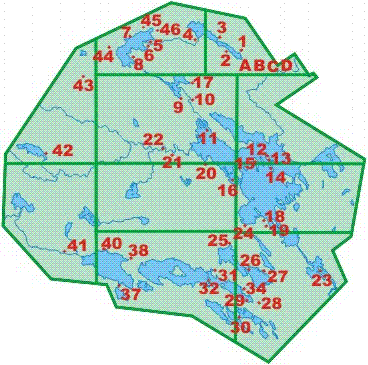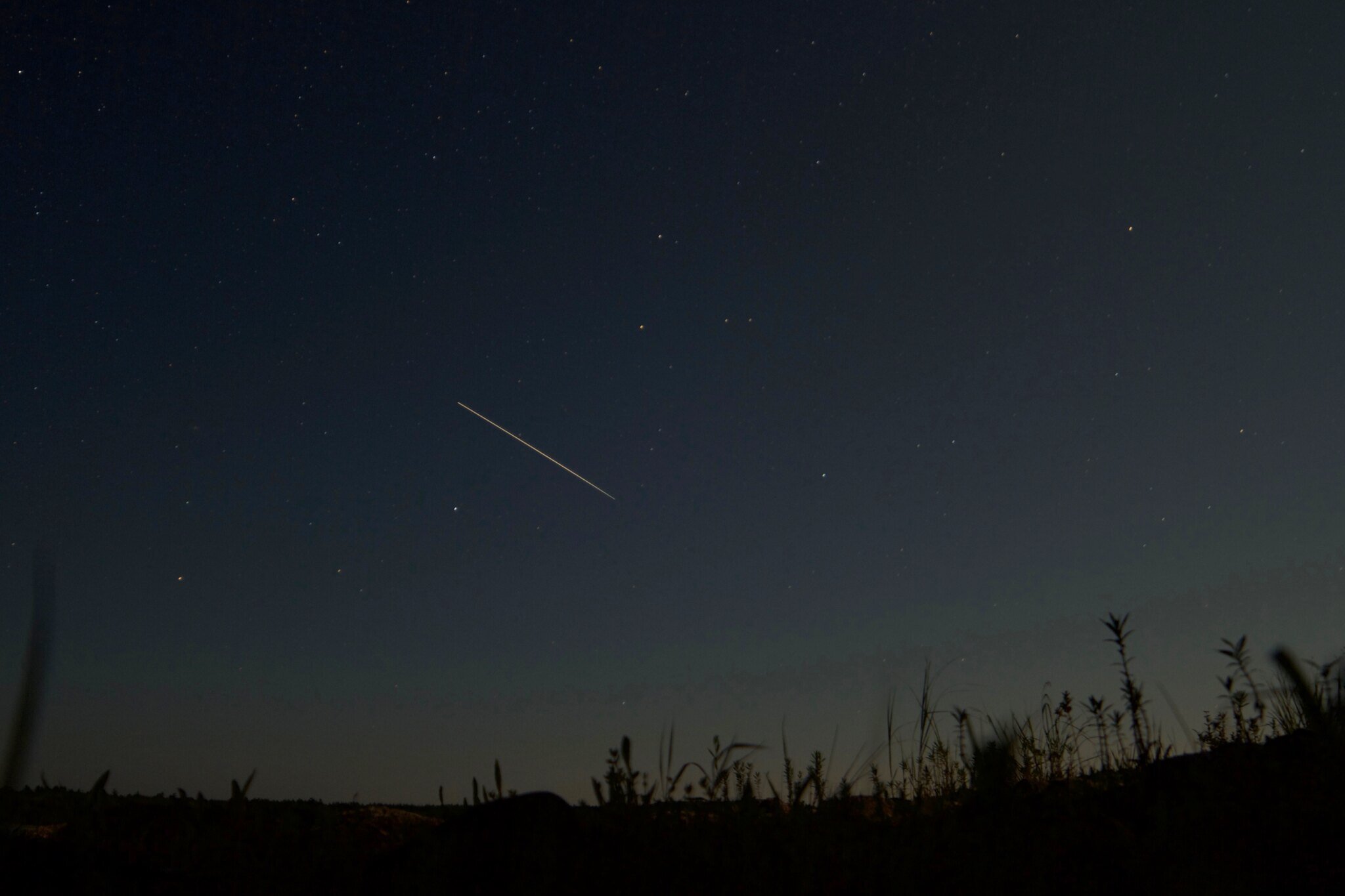The Hunter ascendent
/Canis Major and Orion are seen in the Annapolis valley. - John McPhee
Orion the Hunter has risen into view above the city skyline on a frosty late November night.
That’s no small feat given the light pollution that blights the sky above that cityscape. Even on the clearest and most transparent nights, all but the brightest stars are dimmed by the ever-expanding orange washout that comes with urbanization.
Luckily, the winter constellations such as Orion and Canis Major boast some of those stellar beacons.
It’s particularly easy to track down the Hunter, mainly because of the diagonal trio of stars that make up his belt. (The photo above shows a dark sky view with Orion at upper right and Canis Major to the left).
Alnitak, Alnilam and Mintaka (from bottom up) appear to line up neatly to hold up the Hunter’s pants. In fact, these stars are dozens and hundreds of light-years away from each other in space.
If you look above Orion in December's evening skies, two bright stars might catch your eye, one red and the other blazing yellow.
Let's begin with the brighter of the pair, the yellow star Capella. This is the brightest star nearest the northern celestial pole, so it's visible every night at some time in our latitude. Capella, the fifth-brightest star in the northern night sky, is quite similar to the sun, except for its huge size. It's the alpha star of the constellation Auriga (oh-RYE-guh), which contains some interesting sights for binocular and telescope observers.
Its main attractions are three open star clusters, M36, M37 and M38. It's rare to have so many bright clusters in one constellation, especially in the relatively sparse winter skies.
In summer, the Milky Way, particularly around Sagittarius, fairly bursts with open and globular clusters.
You don't have to look far from Auriga to find more clusters high in the December sky. That red star I mentioned would be Aldebaran (al-DEB-uh-ran), a supergiant that marks the spot for the huge open cluster, the Hyades (HY-uh-deez). Aldebaran is not actually part of the V-shaped cluster; it lies only 68 light-years from Earth, while the cluster is 150 light-years away.
The Hyades contains about 200 stars and it's a spectacular sight in binoculars, covering too much of the sky to be easily viewed in a telescope.
Comet 46pwirtanen (the green dot) is seen below the pleiades cluster on feb. 4, 2019. - john mcphee
Another must-see for binocular observers is M45, also known as the Pleiades (PLEE-uh-deez). There's nothing else like it in northern skies. This open cluster is small enough to present a stunning sight when using low-power views in a telescope. But it's big enough to be easily visible to the naked eye; it's claimed that people with excellent eyesight can see six or even seven of the cluster's brightest stars. No problem seeing those stars with binoculars - the cluster fits easily in most binocular fields. Your neck will probably give out before you want to move on from this celestial jewel box.
You can put away your binoculars and still enjoy another highlight of the winter sky. The constellation Perseus (PURR-see-us) rewards you with a glittering ladder of stars that climbs toward the zenith in mid-evening. Look just to the east of M45 to find this much larger celestial group.
You can give your neck a rest and look low in the east to find the brightest planet in the evening sky this month, Jupiter. This largest of the planets (and second brightest after Venus) rises after 10:30 p.m. in November.
If you’re up with the birds, you’ll see the ringed planet Saturn (but you’ll need a small telescope to see those rings). It rises just before the sun in the southeast in November and later as the winter really takes hold.
























